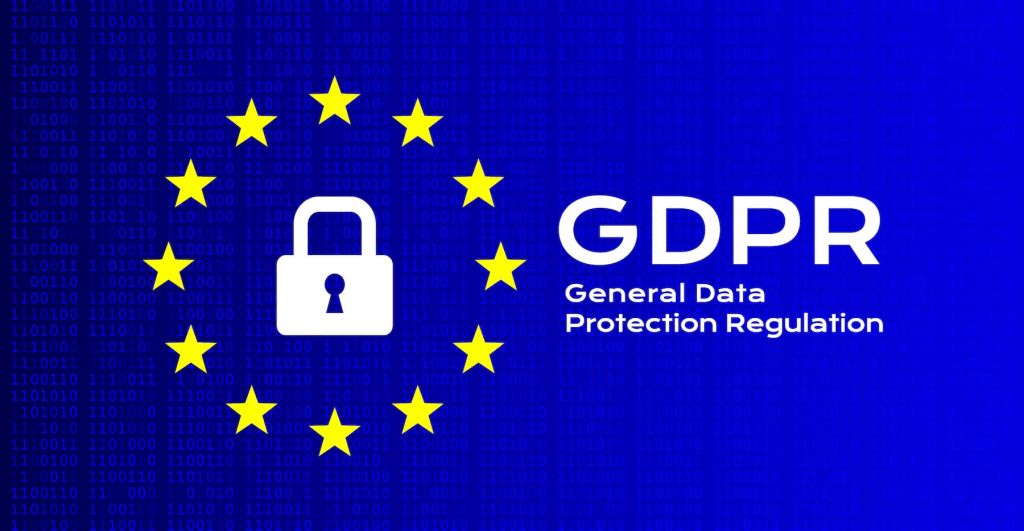What is GDPR
The GDPR came into effect on May 25, 2018, replacing the Data Protection Directive 95/46/EC. It aims to enhance individuals' control over their personal data and harmonize data protection laws across the EU.

The regulation applies not only to organizations based in the EU but also to those outside the EU that offer goods or services to, or monitor the behavior of, EU data subjects.
Key Principles of GDPR
The GDPR is built on several core principles that guide the processing of personal data:
- Lawfulness, Fairness, and Transparency: Data must be processed legally, fairly, and transparently.
- Purpose Limitation: Data should be collected for specified, explicit purposes and not processed in a way that is incompatible with those purposes.
- Data Minimization: Personal data collected should be adequate, relevant, and limited to what is necessary for the intended purposes.
- Accuracy: Data should be accurate and kept up to date.
- Storage Limitation: Personal data should be kept no longer than necessary for the purposes for which it is processed.
- Integrity and Confidentiality: Data must be processed securely to prevent unauthorized access, loss, or damage.
- Accountability: Organizations must be able to demonstrate compliance with these principles.
Rights of Data Subjects
GDPR grants several rights to data subjects, empowering them to have better control over their personal data:
- Right to Access: Individuals have the right to access their personal data and obtain information on how it is being processed.
- Right to Rectification: Individuals can request correction of inaccurate or incomplete data.
- Right to Erasure (Right to be Forgotten): Individuals can request the deletion of their personal data under certain conditions.
- Right to Restrict Processing: Individuals can request the restriction of data processing in specific situations.
- Right to Data Portability: Individuals can obtain and reuse their personal data across different services.
- Right to Object: Individuals can object to data processing based on legitimate interests, direct marketing, or profiling.
- Rights Related to Automated Decision Making and Profiling: Individuals have the right to not be subject to decisions based solely on automated processing.
Steps to Achieve GDPR Compliance
To ensure GDPR compliance, organizations need to implement several measures and best practices:
Understand Data Flows
Map out the flow of personal data within the organization to understand where data is collected, processed, stored, and shared. This helps identify potential risks and areas requiring attention.
Conduct Data Protection Impact Assessments (DPIAs)
For processing activities that pose a high risk to individuals' rights and freedoms, organizations must conduct DPIAs to identify and mitigate potential risks.
Implement Data Protection Policies
Develop and enforce comprehensive data protection policies that cover data handling practices, security measures, data breach response, and employee responsibilities.
Ensure Lawful Bases for Processing
Verify that all data processing activities have a lawful basis, such as consent, contract performance, legal obligation, vital interests, public task, or legitimate interests.
Obtain and Manage Consent
When relying on consent as the lawful basis for processing, ensure that it is freely given, specific, informed, and unambiguous. Implement mechanisms to manage and withdraw consent.
Secure Data
Implement robust security measures to protect personal data from unauthorized access, loss, or damage. This includes encryption, access controls, regular security audits, and employee training.
Appoint a Data Protection Officer (DPO)
Organizations involved in large-scale data processing or processing sensitive data should appoint a DPO to oversee GDPR compliance efforts.
Establish Data Breach Response Plan
Develop a plan for promptly detecting, reporting, and addressing data breaches. Remember that under GDPR, data breaches must be reported to the relevant supervisory authority within 72 hours of discovery.
Common Challenges in Achieving GDPR Compliance
Organizations may encounter several challenges when striving for GDPR compliance:
- Complexity of Regulations: Understanding and interpreting the detailed and expansive GDPR requirements can be daunting.
- Data Mapping and Inventory: Thoroughly identifying and mapping all personal data within the organization is a resource-intensive process.
- Consent Management: Ensuring that consent is validly obtained and documented in compliance with GDPR standards can be complex.
- International Data Transfers: Navigating the regulations surrounding data transfers to countries outside the EU can be challenging.
- Data Security: Implementing and maintaining robust data security measures require continuous effort and resources.
Benefits of GDPR Compliance
While achieving GDPR compliance can be challenging, it also offers several benefits:
- Enhanced Trust and Reputation: Demonstrating a commitment to data protection can build trust with customers and enhance the organization's reputation.
- Reduced Risk of Data Breaches: Implementing the required security measures reduces the likelihood of data breaches and the associated legal and financial repercussions.
- Streamlined Data Management: GDPR compliance processes can lead to more efficient data management practices and better data quality.
- Competitive Advantage: Compliance can provide a competitive edge, particularly for organizations dealing with EU customers or international markets.
Conclusion
GDPR compliance is a crucial responsibility for organizations handling personal data of EU citizens. By rigorously adhering to GDPR principles, implementing comprehensive data protection policies, and proactively addressing compliance challenges, organizations can safeguard individuals' privacy rights, enhance trust, and reduce the risk of legal and financial penalties.